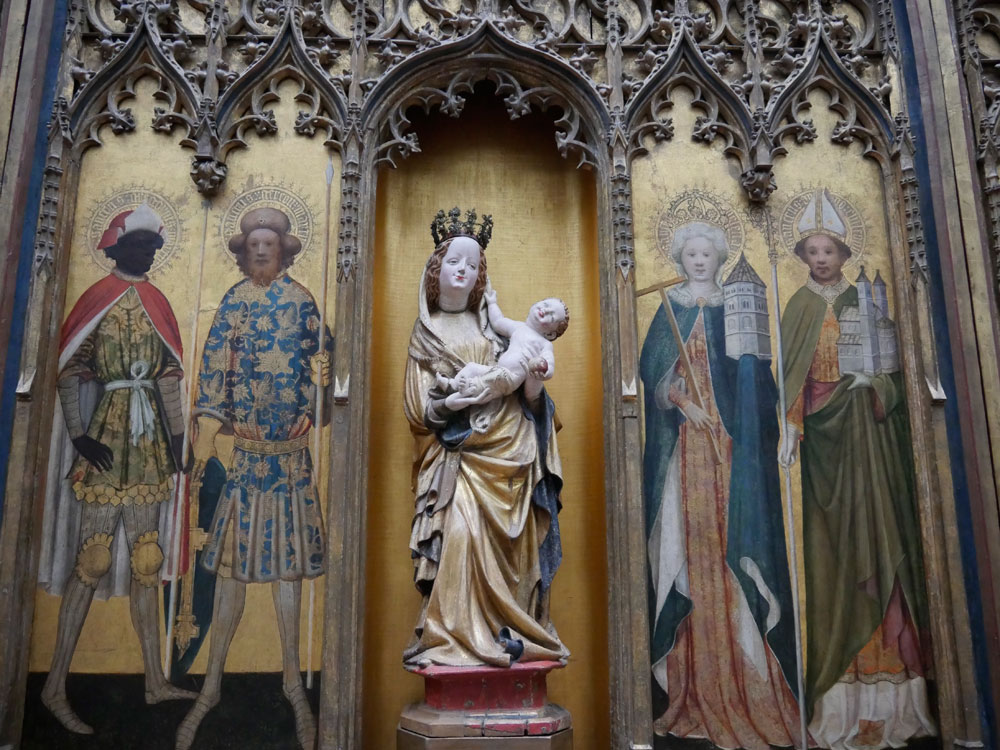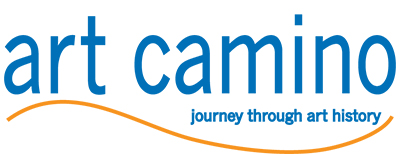
Berlin Gemeldegallerie
The Gemäldegalerie (Painting Gallery) is an art museum in Berlin, Germany, and the museum where the main selection of paintings belonging to the Berlin State Museums (Staatliche Museen zu Berlin) is displayed. It holds one of the world's leading collections of European paintings from the 13th to the 18th centuries. Its collection includes masterpieces from such artists as Albrecht Dürer, Lucas Cranach, Hans Holbein, Rogier van der Weyden, Jan van Eyck, Raphael, Botticelli, Titian, Caravaggio, Giambattista Pittoni, Peter Paul Rubens, David Teniers the Younger, Rembrandt, Johannes Vermeer, and Antonio Viviani. It was first opened in 1830, and the current building was completed in 1998. It is located in the Kulturforum museum district west of Potsdamer Platz.
The Colection
The Gemäldegalerie prides itself on its scientific methodology in collecting and displaying art. Each room can be taken in as a single statement about one to five artists in a certain period or following a certain style. The German collection is the finest and most comprehensive in the world, rivalled only by Vienna and Munich, and the Early Netherlandish and Italian collections also exceptionally comprehensive. The holdings of Spanish, French and British art are much smaller. Especially notable rooms include the octagonal Rembrandt room and a room containing five different Madonnas by Raphael.
There are two paintings by Vermeer in the collection, The Wine Glass and Woman with a Pearl Necklace.
Other notable experiences include Flemish moralistic paintings which stretch across the north side of the museum, showing an interplay between the religious motives of the artists' patrons and the often sensual inspirations of the artists. In the Renaissance section, for example, Caravaggio's Amor Victorious is displayed alongside Giovanni Baglione's Sacred Love Versus Profane Love. The two paintings are historically connected; after hearing of the scandalous portrayal of the theme "love conquers all" in Caravaggio's work, a Roman bishop commissioned Baglione's reply, which mimics Carvaggio's style, including the features of Amor.
The building
The current gallery sits in the southwest corner of the Kulturforum, a modern-styled answer to the old Museumsinsel (Museum Island). The gallery was designed by Munich architects Heinz Hilmer and Christoph Sattler. The building consists of 72 rooms providing a two-kilometer (1.25 mi) floor. Upstairs the rooms flow around a large central hall, described by the museum as a "meditation hall". The hall sometimes displays sculpture, but is mostly empty, allowing easy crossing between rooms, and somewhere for school parties to sit.[1] There are also works downstairs, a gallery devoted to frames, and a digital gallery.
The collection is arranged more or less chronologically starting from the entrance and moving toward the farthest room; however there are many doors back to the long central space, so it is straightforward to reach any other room at any point. The visitor chooses between southern, mainly Italian, art to the left, and German and Flemish art to the right. Completing the circuit takes the visitor first forward, then backward, in time. The numbering system starting on the north side of the museum covers mostly Northern European art, then British art. A visitor following along the southern side will go through mostly Italian and Southern European art. The main floor galleries contain some 850 works in 53 rooms, with around 400 more in several rooms off a corridor downstairs, which are also open to visitors.


